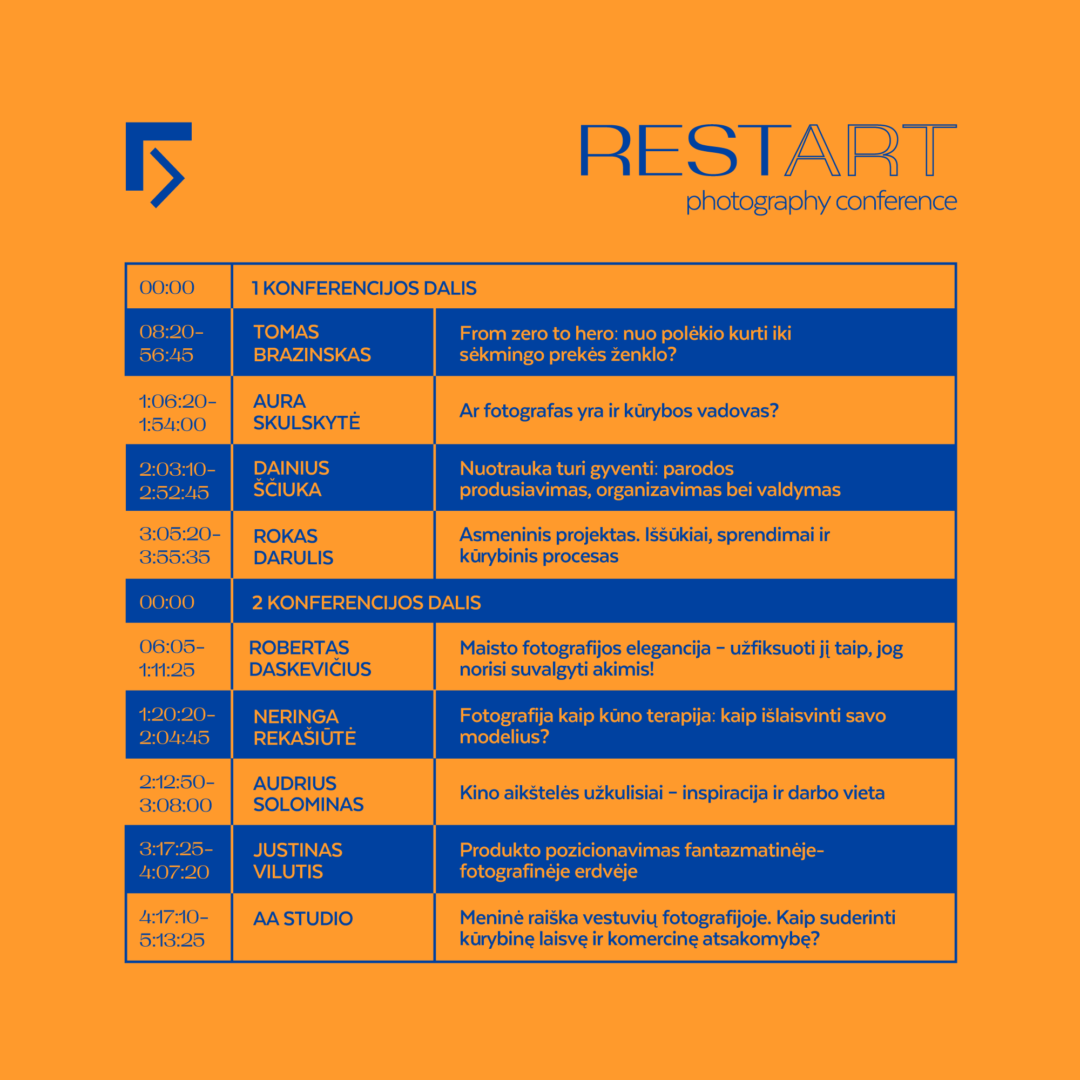

- #Modelio information item mac os x#
- #Modelio information item install#
- #Modelio information item archive#
- #Modelio information item software#
- #Modelio information item series#
It is also possible to add various stereotypes to individual elements, such as frame works, metamodels, aliases and more. For example, you can add components, ports, attributes and other items, in class models or other elements.

#Modelio information item series#
They are categorized in a series of collapsible menus, next to the main editing area and you can insert them instantly, without any effort, just like in any other diagram application.Ĭertain elements can be inserted within existing ones, in the editing area. Modelio places a wide range of elements at your disposal, such as class, component and instance models, impots links and much more.
#Modelio information item software#
The software's user interface has a familiar design and its controls are easy to spot, but it should go without saying that you need to know a few things about software engineering to use them.
#Modelio information item install#
Also, the hardware requirements are modest and you don't have to install any prerequisite tools.
#Modelio information item archive#
All you have to do is extract its core files from a ZIP archive and run the executable. The software doesn't need to be installed.
#Modelio information item mac os x#
It is compatible with all popular Windows versions and it can be used on Linux and Mac OS X platforms as well. The software comes with many other features, as well as a wide variety of modules, for different designers. This means that you can illustrate a program's architectural blueprint and graphically represent the specifications of its business processes using a single tool. One of its main advantages is the fact that it provides combined support for UML and BPMN modelling. Besides UML modelling, the program serves many other purposes. By taking this approach, enterprise architects can ensure a holistic description of the design of the enterprise is produced.UML diagrams can make it quite easy to visualize a program's architecture, which can be very useful during its development stages. The dividing of the practice into a number of domains allows enterprise architects to describe an enterprise from a number of important perspectives, dividing the descriptive task between many participants and allowing the practice as a whole to make good use of individual domain-specific expertise and knowledge.


There are at least two domains, "Business Modeling" and "Current Systems and Technology", which can be further broken down into "Data Architecture", "Applications Architecture" and "Technology Architecture".Several enterprise architecture frameworks break down the practice of enterprise architecture into a number of practice areas or "domains" (also called viewpoints, layers or aspects). These artifacts describe the logical organization of business functions, business capabilities, business processes, people, information resources, business systems, software applications, computing capabilities, information exchange and communications infrastructure within the enterprise. In doing so, they produce lists, drawings, documents and models, together called "artifacts". Enterprise Architecture ( EA) is a discipline that has gained and will continue to gain huge importance to master enterprise organization and its IT support.Įnterprise Architecture is a complete expression of the enterprise, a master plan which “acts as a collaboration force” between aspects of business planning (such as goals, visions, strategies and governance principles), aspects of business operations (such as business terms, organization structures, processes and data), aspects of automation (such as information systems and databases) and the enabling technological infrastructure of the business (such as computers, operating systems and networks).Įnterprise architects use various business methods, analytical techniques and conceptual tools to understand and document the structure and dynamics of an enterprise.


 0 kommentar(er)
0 kommentar(er)
